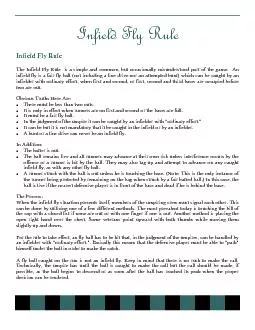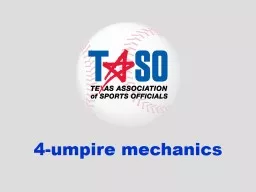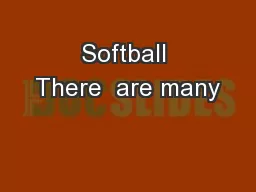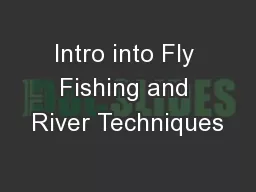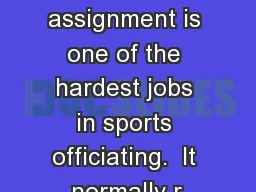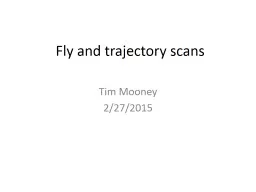PDF-Infield Fly Rule The Infield Fly Rule is a simple and common, but oc
Author : debby-jeon | Published Date : 2015-08-15
If the ball could have been handled by the infielder in this fashion the catch may take place in the outfield or by an outfielder Limitations such as the grass line
Presentation Embed Code
Download Presentation
Download Presentation The PPT/PDF document "Infield Fly Rule The Infield Fly Rule ..." is the property of its rightful owner. Permission is granted to download and print the materials on this website for personal, non-commercial use only, and to display it on your personal computer provided you do not modify the materials and that you retain all copyright notices contained in the materials. By downloading content from our website, you accept the terms of this agreement.
Infield Fly Rule The Infield Fly Rule is a simple and common, but oc: Transcript
Download Rules Of Document
"Infield Fly Rule The Infield Fly Rule is a simple and common, but oc"The content belongs to its owner. You may download and print it for personal use, without modification, and keep all copyright notices. By downloading, you agree to these terms.
Related Documents

